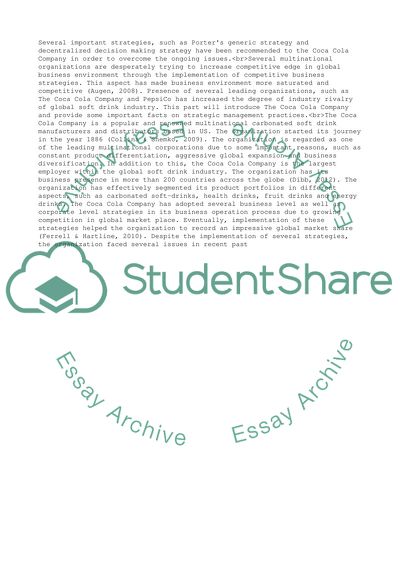Cite this document
(Strategic Management Practice Assignment Example | Topics and Well Written Essays - 5000 words, n.d.)
Strategic Management Practice Assignment Example | Topics and Well Written Essays - 5000 words. https://studentshare.org/management/1847046-strategic-management-practice
Strategic Management Practice Assignment Example | Topics and Well Written Essays - 5000 words. https://studentshare.org/management/1847046-strategic-management-practice
(Strategic Management Practice Assignment Example | Topics and Well Written Essays - 5000 Words)
Strategic Management Practice Assignment Example | Topics and Well Written Essays - 5000 Words. https://studentshare.org/management/1847046-strategic-management-practice.
Strategic Management Practice Assignment Example | Topics and Well Written Essays - 5000 Words. https://studentshare.org/management/1847046-strategic-management-practice.
“Strategic Management Practice Assignment Example | Topics and Well Written Essays - 5000 Words”. https://studentshare.org/management/1847046-strategic-management-practice.


